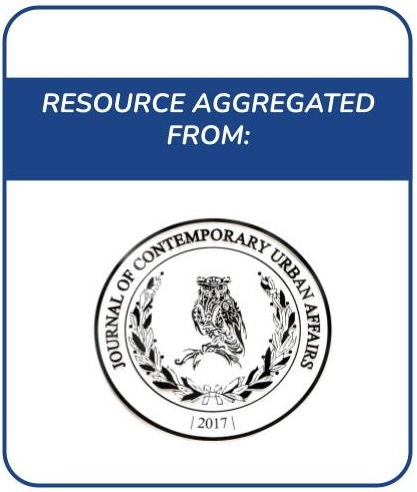L'État de la sécurité alimentaire et de la nutrition dans le monde 2024
Chaque année, ce rapport de la FAO, le plus consulté, présente le nombre de personnes sous-alimentées dans le monde et préconise des stratégies pour combattre la faim et la malnutrition. Suite à la publication du rapport mondial, de nombreuses statistiques sont désagrégées en rapport régionaux. Le rapport est préparé conjointement avec d’autres agences des Nations Unies, à savoir le FIDA, l’OMS, le PAM et l’UNICEF.




